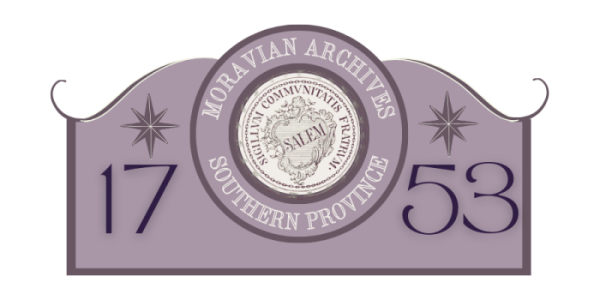Hope Moravian Church
It was begun near the end of the American Revolution as our “English” congregation — all the others spoke the language that we Moravians used at the time, German. It and Friedland were the last congregations organized before church authorities restricted growth for the next 60 years. In the 19th century it was frequently seemingly abandoned, and for a time it was declared to be so “unhealthy” that a pastor was not stationed there. After the Civil War, in 1866, when a Synod-appointed fact-finding committee met there, the committee was greeted by four people.
Yet by the time the committee’s meeting was ended, the little church was filled, mostly with young people, and the committee reported that it had found much hope at the little English congregation named Hope.
The first English service held by the Moravians in the area that became Hope was on Easter Monday, April 4, 1763. A number of the families were acquainted with the Moravians, because they had lived near them at the Moravian settlement of Carroll’s Manor in Maryland. Other families followed from Maryland, and in 1775 work was begun on a school house that would also house a minister and his wife and be the place of worship. The Revolutionary War delayed construction, but on August 26, 1780, the congregation of Hope was formally organized with Br. Johann Christian Fritz serving as resident pastor.
It was rare, though, that Hope had a resident pastor. For most of the 19th century and well into the 20th century the congregation was served from other churches, most often from Friedberg, then Clemmons, with the pastor reporting as recently as 1923 having to ride “à la mule, as the roads were too muddy for any other means of travel.”
Meanwhile, Hope’s old meeting house, begun in 1775 as a school, had served its usefulness, and the main road had passed it by. A decision was made to relocate some distance away on the Clemmonsville (now Hope Church) Road, and on August 29, 1896, the new church was consecrated. A vestibule with a distinctive belfry was added in 1923 and enlarged in 1975. A Sunday School building was constructed in 1940, and a Christian education building in 1964. A parsonage was also completed in 1961 for Br. John Walker, Hope’s first full-time pastor in more than a century.
Though a small congregation, Hope has observed its centenaries in a big way. For its 100th anniversary in 1880 nearly 2,000 attended, including the Salem Church band and choir members. Hope’s bicentennial in 1980 was a year-long affair with special bulletins and programs and an outdoor drama presented near the anniversary date.
